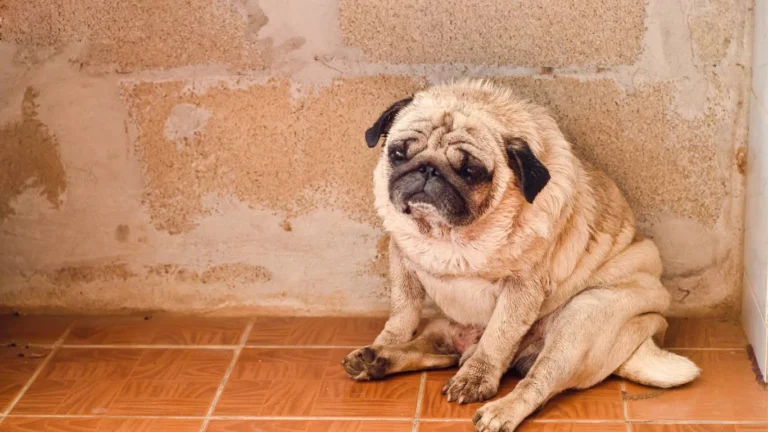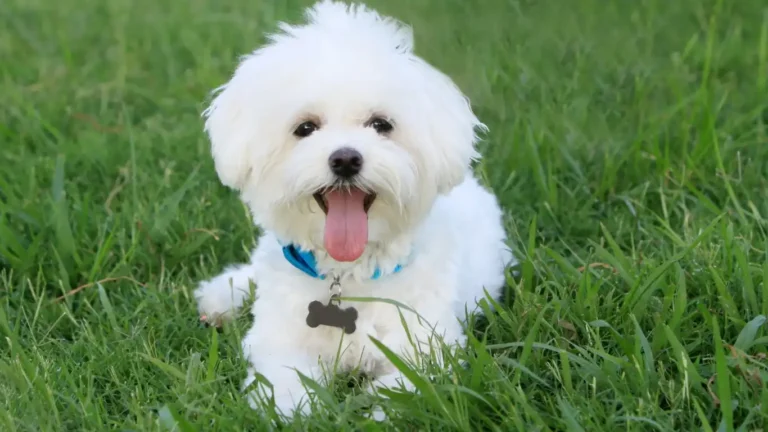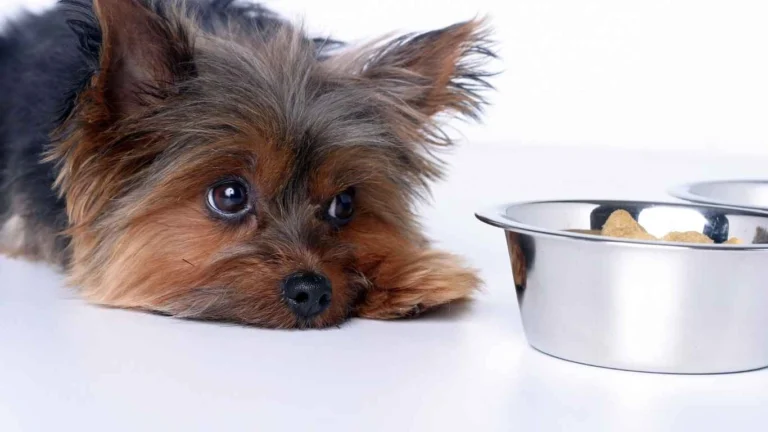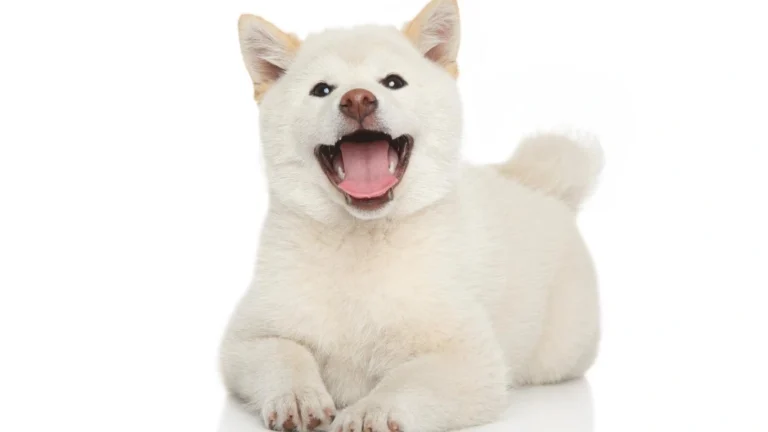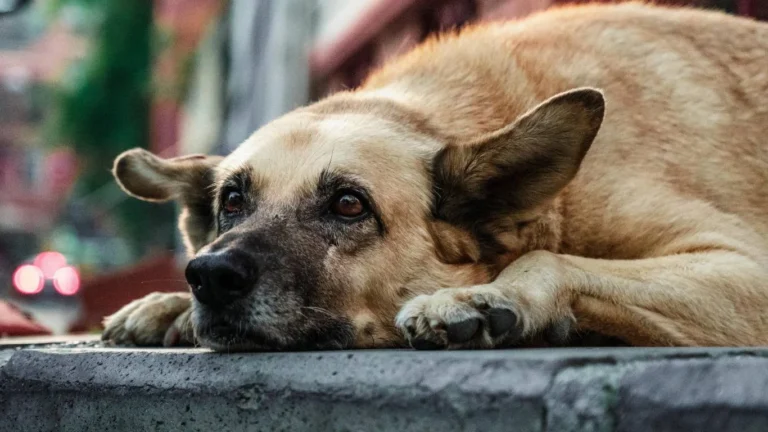Proven Ways to Prevent Hot Spots in Dogs During Summer That Actually Work
When summer hits and the temperatures soar, one of the biggest concerns I see as a vet tech—especially working in nutrition and dermatology—is figuring out how to prevent hot spots in dogs during summer. If you’ve ever had to deal with a dog scratching and chewing at a red, oozing patch of skin that seemed to appear overnight, you know just how miserable it can make both of you feel. I’ve helped countless pet parents manage and prevent these nasty skin issues, and trust me, a little proactive care can go a long way. So let’s dig into what works, what to watch for, and how your pup can enjoy summer without turning into an itchy mess.
What Are Hot Spots and Why Are They Worse in Summer?

Hot spots—technically called acute moist dermatitis—are inflamed, infected patches of skin that can grow fast and get ugly even faster. These spots usually start with something minor: maybe a bug bite, a small irritation, or even just excess moisture trapped in your dog’s fur. But once your dog starts licking or scratching the area, it creates a perfect storm for bacteria to flourish.
During summer, this becomes a much bigger problem for a few reasons:
- Heat and humidity create a breeding ground for bacteria.
- Allergies (grass, pollen, mold) are often worse in warm months.
- More outdoor play means more exposure to irritants like bugs, dirt, and water.
- Thicker coats in breeds not yet groomed for summer trap moisture like a sponge.
I’ve seen this countless times: a dog goes for a swim, doesn’t get dried properly, and by the next morning—boom!—we’re dealing with a full-blown hot spot. Especially in breeds like Golden Retrievers, German Shepherds, and Labradors, this is a seasonal trend we start bracing for around May every year.
Signs Your Dog Might Be Developing a Hot Spot
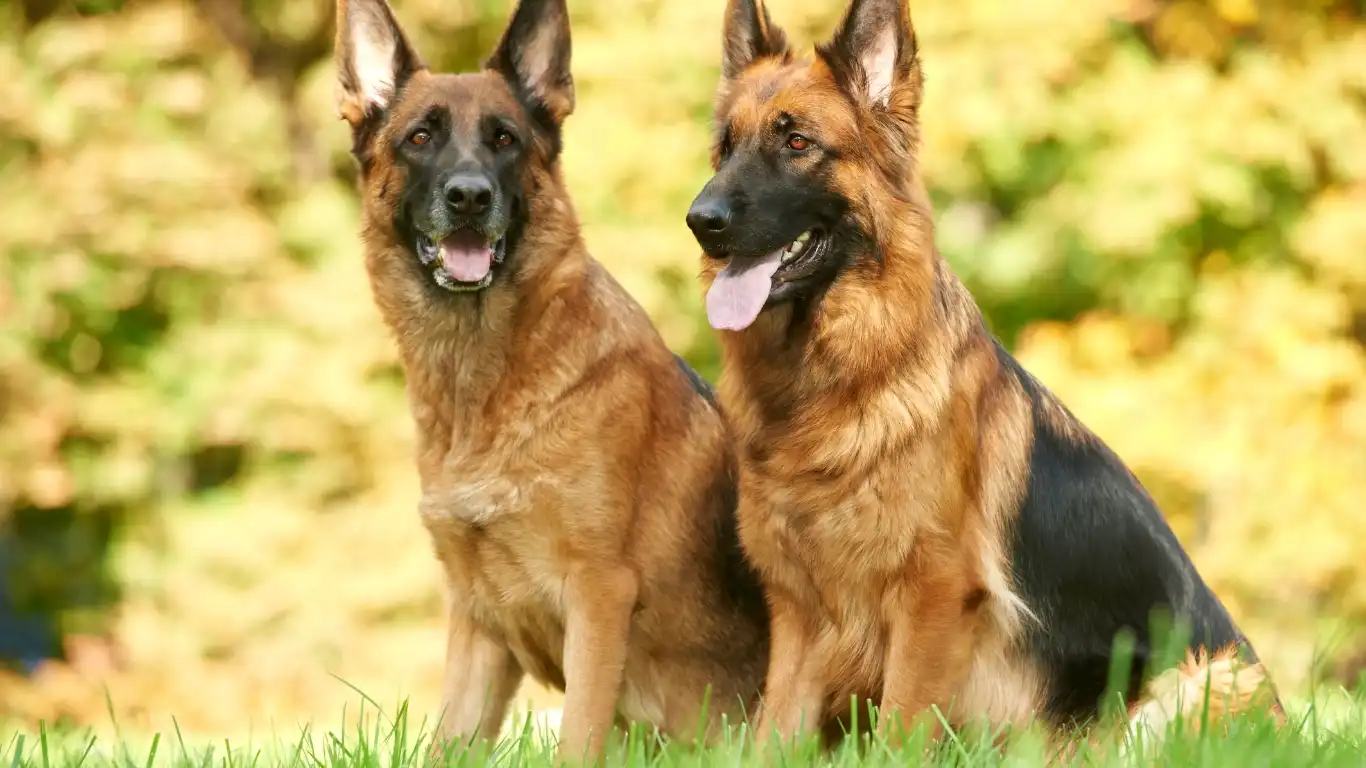
One thing I always tell pet parents is to act fast when something looks “off” with your dog’s skin. Hot spots can literally go from a tiny red dot to a silver-dollar-sized sore in less than 24 hours.
Here’s what to look for:
- Red, inflamed skin – often warm or even hot to the touch
- Wet, oozing, or crusty areas – gross, but a tell-tale sign
- Hair loss around the spot – especially if your pup is licking it constantly
- Odor – some hot spots have a distinct, musty smell due to the bacterial infection
- Behavior changes – like excessive licking, restlessness, or snapping when you touch the area
If any of those ring a bell, it’s time to intervene—and fast. I’ve seen situations where a delay of even one day led to a hot spot doubling in size and requiring antibiotics and a cone of shame (which nobody likes).
How to Prevent Hot Spots in Dogs During Summer
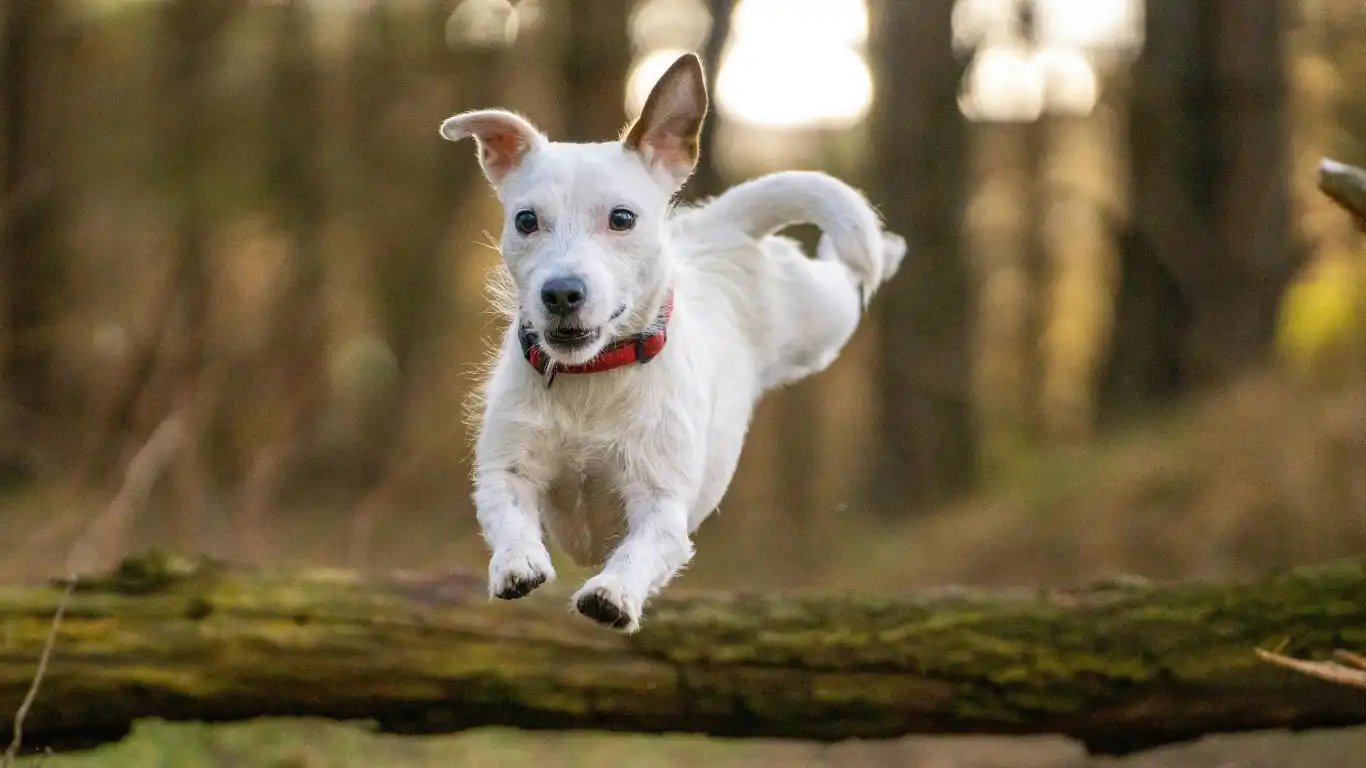
Now for the good stuff—prevention! As someone who’s had their hands on hundreds of dogs’ skin during the warmer months, let me tell you, an ounce of prevention really is worth a pound of cure. Here’s how I help my clients stay ahead of the hotspot game, and how you can do the same at home.
1. Keep Their Skin and Coat Clean and Dry
Whether your dog is a beach bum or just likes to roll in every dewy patch of grass, moisture is your enemy here. Always towel them off well, especially around armpits, neck folds, and under the ears. If your pup swims a lot, consider a gentle rinse after to remove chlorine or pond gunk.
2. Regular Grooming (Even for Short-Haired Dogs)
Many folks think short-haired breeds are in the clear, but I’ve seen hot spots on Pugs and Boxers too. Brushing helps remove debris and allergens that can irritate the skin, and it allows you to catch early signs before they explode into full-blown infections.
3. Address Allergies with a Nutrition Boost
This is my jam—nutrition. So many skin issues have an internal root cause. Omega-3s (from fish oil or flax), zinc, and certain probiotics can really help reduce inflammation and support the skin barrier. I always recommend a skin-supportive supplement routine, especially during allergy season. Talk to your vet (or your friendly neighborhood vet tech—hi!) about what’s best for your dog’s unique needs.
Grooming Mistakes That Can Actually Make Hot Spots Worse
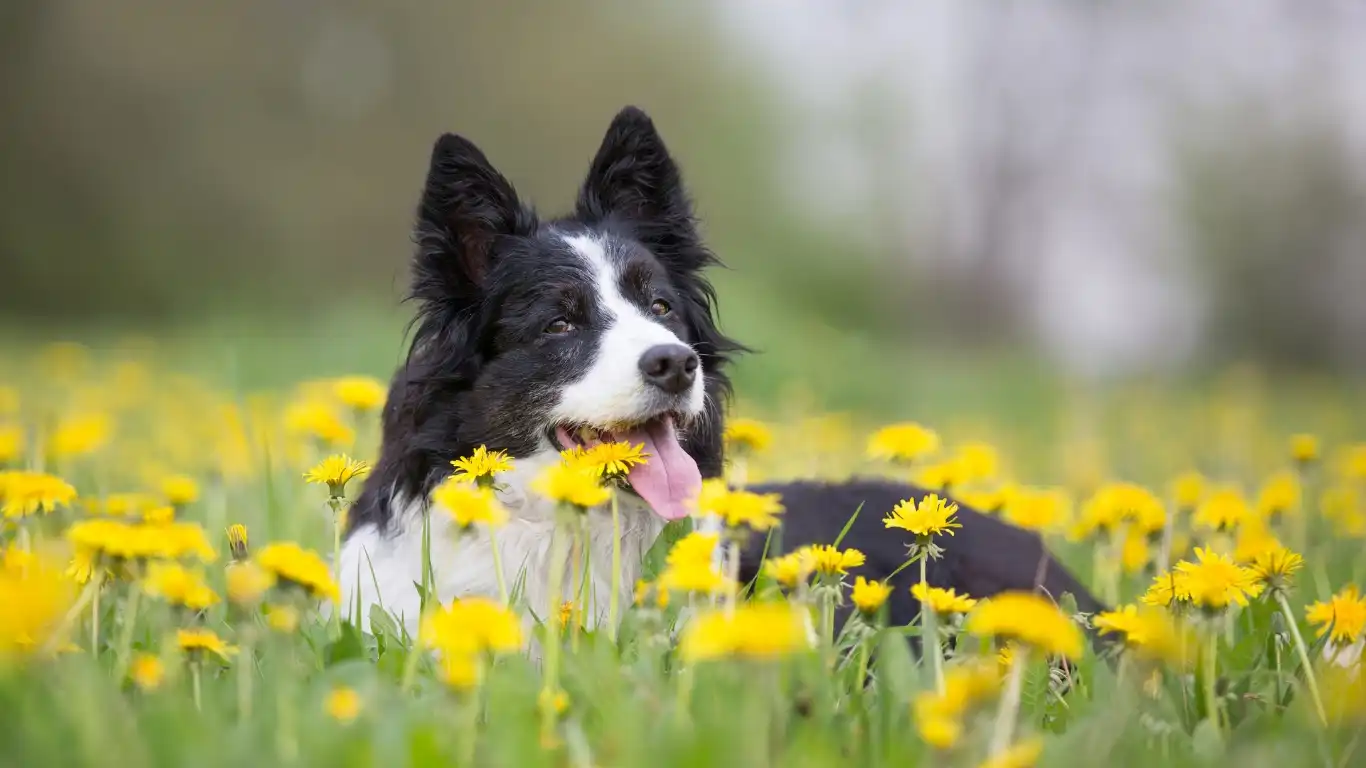
Now, here’s something I see all the time in the clinic—and honestly, it makes my heart sink a little. Well-meaning pup parents trying to help their dog by shaving their coat way too short in summer, thinking it’ll keep them cool and prevent hot spots. Unfortunately, that can backfire.
Here’s the thing: your dog’s coat actually protects their skin from UV rays, allergens, and even biting insects. When the fur’s shaved down to the skin, especially on double-coated breeds like Huskies or Aussies, it messes with their natural insulation and can cause overheating and make their skin more prone to irritation.
So what should you do instead?
- Opt for a trim instead of a full shave—especially for dogs with undercoats.
- Use a slicker brush or deshedding tool weekly to remove dead fur and help airflow.
- Make sure grooming tools are clean—dirty blades can irritate skin and trigger hot spots.
I had a Golden Retriever patient last year—Cooper—who came in with nasty hot spots on both hips. His owners had shaved him to “cool him down,” but it left his skin exposed and inflamed. With some topical meds, a supplement change, and a new grooming routine, we got him cleared up in a couple weeks—but it was a stressful lesson for everyone involved.
Hot Weather Habits That Help (Or Hurt)

Hot spots don’t just start in the grooming room. They often begin because of little daily habits that seem harmless. When summer rolls in, it’s time to rethink your dog’s daily routine a bit.
What Helps:
- Shade and cool resting areas – make sure your dog has access to shaded spots or a cool room inside the house. Overheating alone can trigger itchiness.
- Short, early-morning or late-evening walks – this keeps your dog from overheating on asphalt or hot grass, which can irritate sensitive paws and bellies.
- Dry off thoroughly after any water fun – ears, underarms, paws, and belly are hotspot magnets.
What to Avoid:
- Letting wet dogs air dry after swimming or bathing—always towel dry to avoid damp skin under fur.
- Over-bathing with harsh shampoos—this strips natural oils and makes the skin more reactive.
- Using human sunscreen or bug spray—they can be toxic and irritating to dogs’ skin. Always stick with pet-safe products.
One thing I often recommend in the clinic? A simple paw rinse after walks in grassy or pollen-heavy areas. I know it sounds a little extra, but for allergy-prone dogs, it works wonders to reduce overall skin irritation—especially during the high-allergy summer months.
Nutrition Tips for Skin Resilience

You knew this part was coming—nutrition! Since I specialize in it, I’ve seen first-hand how food can either support your dog’s skin… or totally sabotage it. And honestly, most skin issues I see, especially recurring hot spots, have a nutritional component people don’t even think about.
Skin-Supporting Nutrients I Always Recommend:
- Omega-3 fatty acids – these reduce inflammation and help reinforce the skin’s natural barrier. Look for fish oil from anchovies or sardines (bonus if it’s sustainably sourced).
- Zinc – super important for wound healing and skin cell turnover.
- Vitamin E – a powerful antioxidant that helps fight environmental stressors.
- Probiotics – gut health is directly tied to skin health, especially in allergic dogs.
I had one patient—a bulldog named Rosie—who struggled with back-to-back hot spots every summer. Once we adjusted her food (switched to a limited-ingredient, fish-based formula) and added in some probiotics and fish oil, she went a whole summer without a single flare-up. Her mom almost cried happy tears at her next wellness visit!
Every dog is different, of course, but I always urge pet parents to look beyond just topical treatments. If hot spots keep coming back, there’s likely something deeper going on—whether it’s food sensitivities, poor gut health, or environmental triggers that can be supported nutritionally.
And remember, always loop in your vet before making major diet changes or starting supplements. Even though I live and breathe pet nutrition every day, I always work alongside DVMs to make sure we’re customizing a plan that’s safe and effective for that specific pup.
Managing Hot Spots When They Do Happen
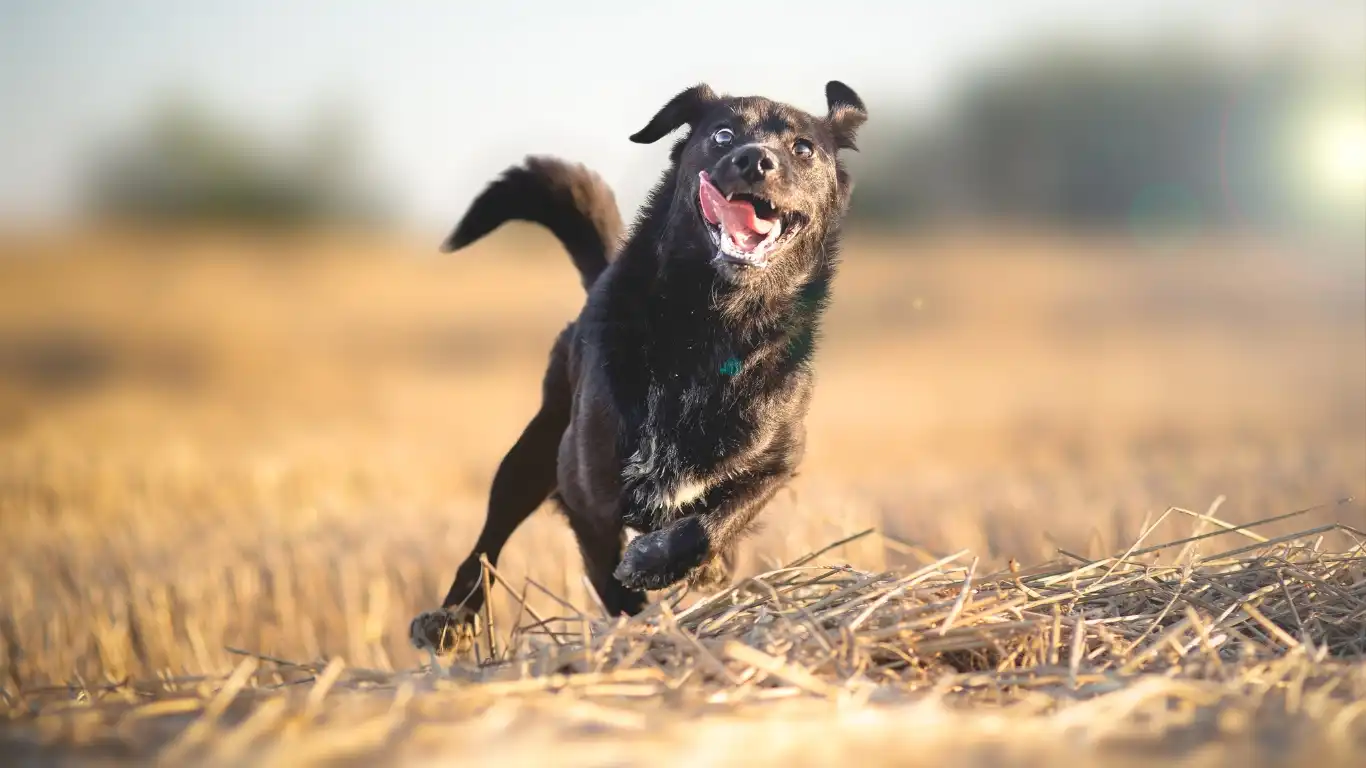
Okay, so you’ve done all the right things—solid grooming habits, spot-on nutrition, daily checks—and still, somehow, your pup ends up with a hot spot. First off, don’t beat yourself up. I’ve worked with some of the most diligent dog parents around, and hot spots can still sneak up on even the most well-cared-for pups.
The key is catching them early and knowing how to manage them before they spiral out of control. I always tell clients, “The sooner you act, the less you’ll have to do.” It really is that simple when it comes to these pesky skin flare-ups.
First Response Steps I Recommend:
- Gently clip the fur around the spot if needed (carefully—don’t nick the skin!). You want to let air in and keep the area dry.
- Clean the area with a pet-safe antiseptic or diluted chlorhexidine. Avoid harsh cleaners or alcohol—they just irritate it more.
- Apply a topical treatment like a medicated spray, aloe-based gel, or vet-approved cream.
- Prevent licking—this might mean the dreaded cone or a soft recovery collar.
If it doesn’t start to look better in 24–48 hours—or if it gets worse—please don’t wait. Reach out to your vet. Some hot spots need antibiotics, especially if there’s a deeper infection or your dog won’t leave it alone. Trust your gut. If it looks bad, it probably is.
In my experience, most hot spots resolve quickly if you act early and stay consistent with care. I had a little senior Shih Tzu named Bella who got one behind her ear every July like clockwork. But once her mom started doing weekly skin checks and kept an anti-itch spray on hand, they were able to catch it early every year, and she avoided antibiotics entirely for the last two summers of her life.
Extra Tools and Products I Personally Recommend
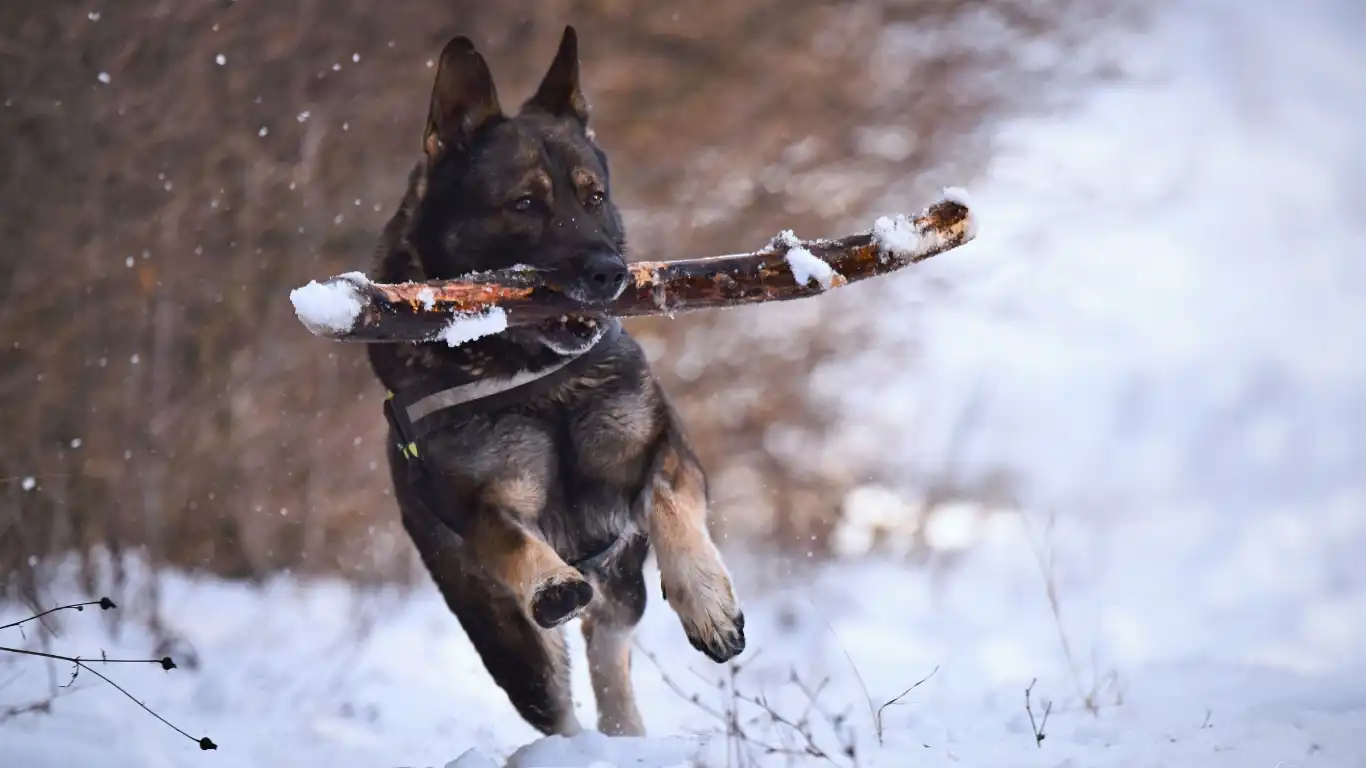
Here’s where I’ll share a few of my go-to products and tools that I’ve seen work wonders—both on my own dogs and in the clinic. These aren’t sponsored or anything, just my personal recommendations from the trenches of dog care.
Topical Helpers:
- Vet’s Best Hot Spot Spray – natural ingredients, no stinging, and pretty effective for minor flare-ups.
- Zymox Topical Cream – great for stubborn or recurring areas, especially with bacterial or fungal involvement.
Nutrition Boosters:
- Nordic Naturals Omega-3 Pet – high-quality fish oil, easy to dose and great skin results.
- Purina FortiFlora – a solid probiotic, especially helpful for dogs with allergy-induced hotspots.
Grooming Must-Haves:
- Furminator for deshedding—just don’t overdo it, once a week is plenty for most breeds.
- Hypoallergenic oatmeal shampoo for regular baths—keeps skin calm and moisturized.
And honestly, the best tool is your own eyes and hands. Get into the habit of running your fingers through your dog’s coat every day or two—feel for bumps, hot skin, or any matted areas. Your dog will love the attention, and you’ll catch problems early.
Hot Spots and the Role of Breed, Age, and Lifestyle
It wouldn’t be a complete guide without talking about the role your dog’s breed and age plays. As a vet tech, I can tell you hot spots don’t play favorites—but they definitely show up more in some dogs than others.
Breeds I See Most Affected:
- Golden Retrievers – all that fluffy fur and a love for water? A perfect storm.
- Labradors – especially those with allergies or sensitive skin.
- German Shepherds – prone to thick undercoats and environmental allergies.
- Bulldogs and Pugs – skin folds can trap moisture and become breeding grounds.
Puppies, seniors, and immune-compromised dogs can also be more vulnerable due to their less robust skin barriers. And lifestyle matters—dogs who hike, swim, or play outside all day (I’m looking at you, doodles!) are exposed to more triggers. It’s not about stopping those activities, just balancing them with the right skin care routines.
Final Thoughts and Ongoing Prevention Tips
Hot spots can be super frustrating, but they’re totally manageable with the right approach. My biggest advice? Don’t wait. Prevention is all about consistency—routine grooming, good nutrition, and staying alert to the early signs.
And please, never hesitate to ask your vet tech questions. We’re the ones cleaning up the messes, applying treatments, and helping your dog through the healing process—often multiple times a day. We love sharing tips and tricks that we’ve seen work time and time again, so don’t be shy.
When in doubt, keep it simple: clean, dry, nourished, and monitored. That’s the sweet spot for avoiding hot spots during those sweaty summer months.
Helpful Resources
Disclaimer
This article is for educational and informational purposes only and is not intended as medical advice. Always consult your veterinarian before beginning any treatment or nutritional changes for your dog. Every pet is different, and what works for one may not be appropriate for another.
